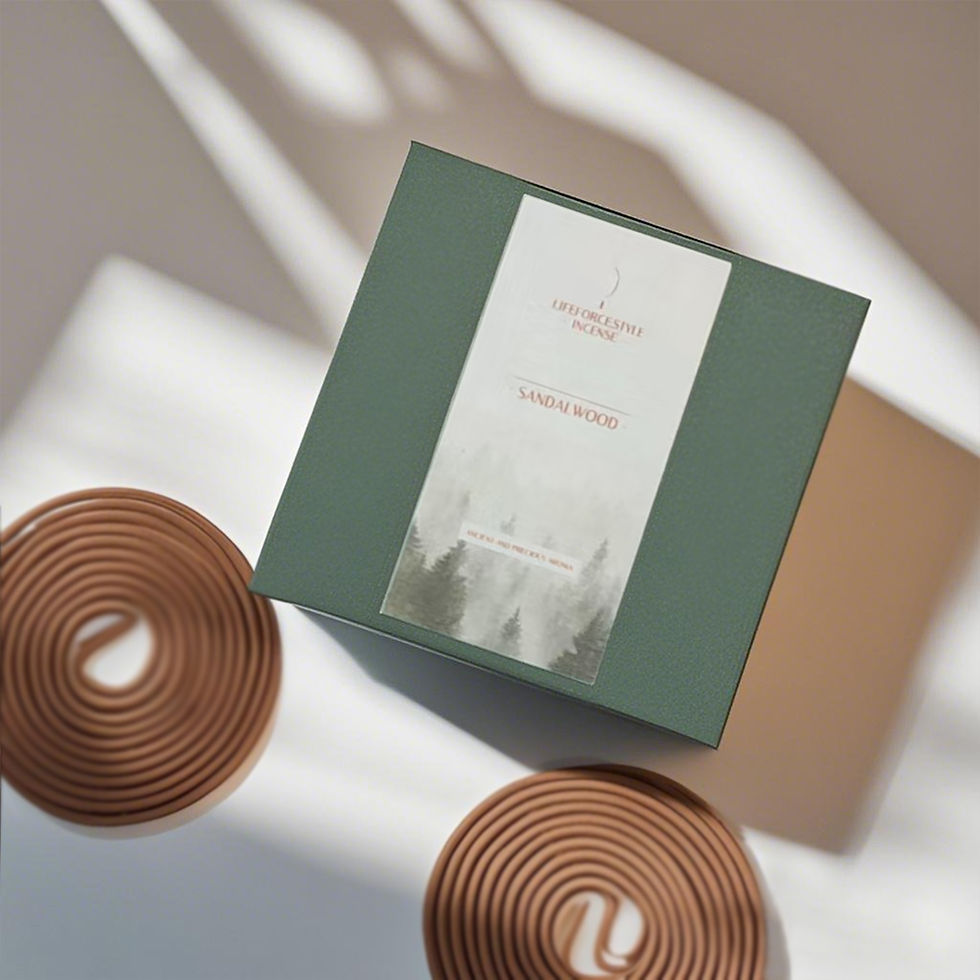The core processing technique of white tea is withering, without undergoing fixation (kill-green) or rolling, which preserves the tea leaves' most natural elements. During the withering process, slight fermentation occurs, leading to subtle chemical changes within the tea leaves. The production of white tea mainly includes the following steps:
- Plucking
Depending on the type and grade of white tea, young leaves are usually picked, such as one bud with one or two leaves, to ensure freshness and quality. Leaves are plucked gently to prevent damage.
- Withering
Withering is the most critical step in white tea production. Typically carried out under natural conditions, the tea leaves are spread out on bamboo sieves or mats to lose moisture slowly through natural wind or low light. In some cases, temperature-controlled rooms are used to facilitate withering, providing precise control over humidity and temperature. This step involves a slight fermentation process, softening the leaves and allowing their natural aroma to develop.
- Drying
After withering, the tea leaves still retain a relatively high moisture content and require drying. Traditional white tea is often dried using gentle heat or air-drying methods to further reduce moisture for preservation. This step also fixes the tea's shape, enhances its aroma, and preserves its unique flavor.
- Sorting and Storage
After drying, white tea is hand-sorted to remove impurities. Premium white tea is best stored in a relatively sealed, but not vacuumed, environment. This allows the active substances in the tea to be preserved, enabling the tea to naturally age and develop the rich, mellow flavor characteristic of aged white tea.
- Aroma
Pu'er Ancient Tree White Tea is renowned for its pure and natural aroma, characterized by its fresh and elegant scent, often with floral, fruity, and subtle grassy notes. Freshly produced white tea has a gentle, refreshing fragrance with a delicate "silver hair" aroma, while aged white tea boasts a richer profile with notes of jujube, medicinal herbs, or glutinous sweetness, offering a layered olfactory experience.
- Flavor
The flavor of Pu'er Ancient Tree White Tea is light, sweet, and smooth. Fresh tea delivers a bright and refreshing taste with noticeable sweetness and a cooling sensation. The tea liquor is clear, ranging from pale yellow to apricot hues. With aging, the liquor deepens to amber or reddish-brown, and the flavor becomes more robust and full-bodied, with a lingering sweetness that unfolds beautifully, offering a truly sublime experience for the palate. White tea made from Pu’er ancient tea trees carries an additional complexity, blending fresh, vegetal notes with a subtle sweetness, elevating the tasting experience to a whole new level.
- Brewing Method
5G Tea Cake Can Brew a Total of 2000ml/67.5 fl oz of Tea (Adjustable to Personal Taste)
- 150ml/5 fl oz at 100°C (212°F): First & second brews for 12 seconds, then increase by 8 seconds per brew, for a total of 13 brews.
- 250ml/8.5 fl oz at 100°C (212°F): First & second brews for 20 seconds, then increase by 10 seconds per brew, for a total of 8 brews.
- 500ml/17 fl oz at 100°C (212°F): First brew 3 minutes, second brew 10 minutes, third brew 25 minutes, fourth brew 60 minutes.
- 2000ml/67.5 fl oz at 100°C (212°F): Add the tea cake after the water reaches a boil, simmer for 18 minutes.
Pu'er ancient tree tea has a long growth cycle, making it rich in complex compounds. The leaves are thick and robust, allowing them to release their abundant inner substances such as sugars, pectins, glycosides, and aromatic compounds when brewed at high temperatures. Simmering enhances the infusion, producing a silky, thick, rich, and aromatic tea with a full-bodied mouthfeel—truly an indulgent experience.
Puerh Ancient Tree Tea - White Tea
15-30% discount on 1-5 items.
Not newly planted. Ancient tea trees naturally growing in the pristine forest, thriving without human care, with an age of over 200 years and protected under national designation.






























